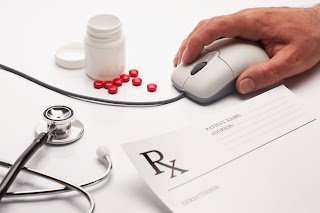Electronic Health Records or EHR software is the newest medical upgrade that has a comprehensive listing feature. It is essentially a computer program which develops a system where medical records are stored in the form of electronic files. It also features simple yet practically advanced computer applications that offer easy and quick search or retrieval of the needed information. The software may also be planned to join mutually other useful applications such as robotic data encouragement, E&M, code suggested, intra-office immediate messaging, tolerant preparation and problem listings. By reducing the chances of human error, the quality of medical practice is great increased by utilizing the software.
EHR software presents a number of solutions to delivering better patient care or health service. Instead of devoting all their time in searching and updating records of the medical patients, all the professionals and staff can now use their valuable time in taking care of the patients. The software will enable the staff to be more productive. With that, billing papers can be accomplished in a snap as finalization in the reports, clearances and other forms of paper works can be finalized easier and faster.
EHR software designs typically offer more practical applications, besides record keeping and faster paper work returns. Medical record privacy can be more reliably protected with this, in security terms. Most EHR packages force the user to log in multiple times before allowing access to certain records. This feature provides a cheaper yet equally dependable alternative to expensive security programs and IT infrastructure. As a result, the software saves operating time and costs. Nortec EHR has specific features which make it unique among a new market of Healthcare Information Technology products. Most importantly, features of Nortec EHR which enable the centralized management of medical practices are a key component to the success of our systems solution.





